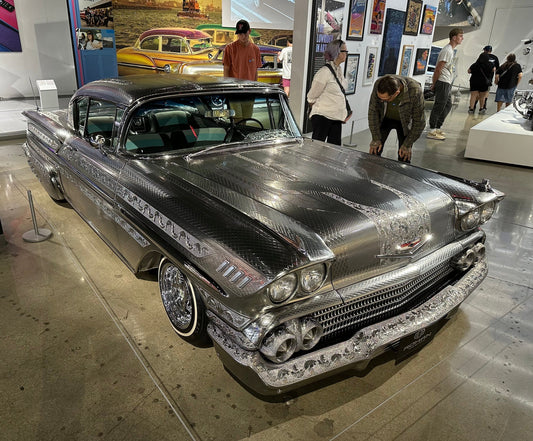In early foot races, a line was scratched into the ground to mark the starting point for the runners. All participants began the race from this "scratch" line, ensuring that everyone started from the same position with no head start or advantage.
Today, starting from scratch has evolved to mean the beginning of a project without any prior history.
Most designs don't start from scratch. If we want to think about a new CD transport or DAC, we have tons of prior examples from which to choose.
Years ago, when Philips and Sony first launched a new technology called a CD player, all of us ensconced in the design and manufacturing of high-end analog equipment were some of the first to grab a unit and not only have a listen, but try and figure out how it worked and how it might be possible for us to participate in the fun.
We, as an industry, were starting from scratch.
It didn't take us too long to figure out we could get far better sound out of this new fangled technology by upgrading what we understood so well, the analog output stage. That was easy and, not too long after its launch in 1982, PS Audio was selling a modified version of the first CD players—each with a new discrete output stage of our design.
But, because we were starting from scratch, we didn't just stop at replacing the output stage. We were also noodling over a little detail we found on the rear panel—a single RCA jack labeled Digital Out.
We pick up the thread tomorrow.










